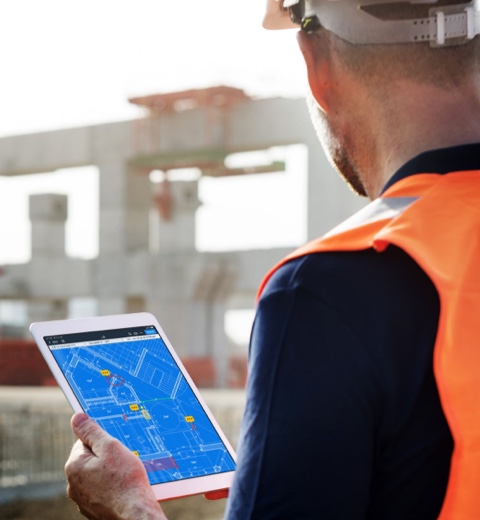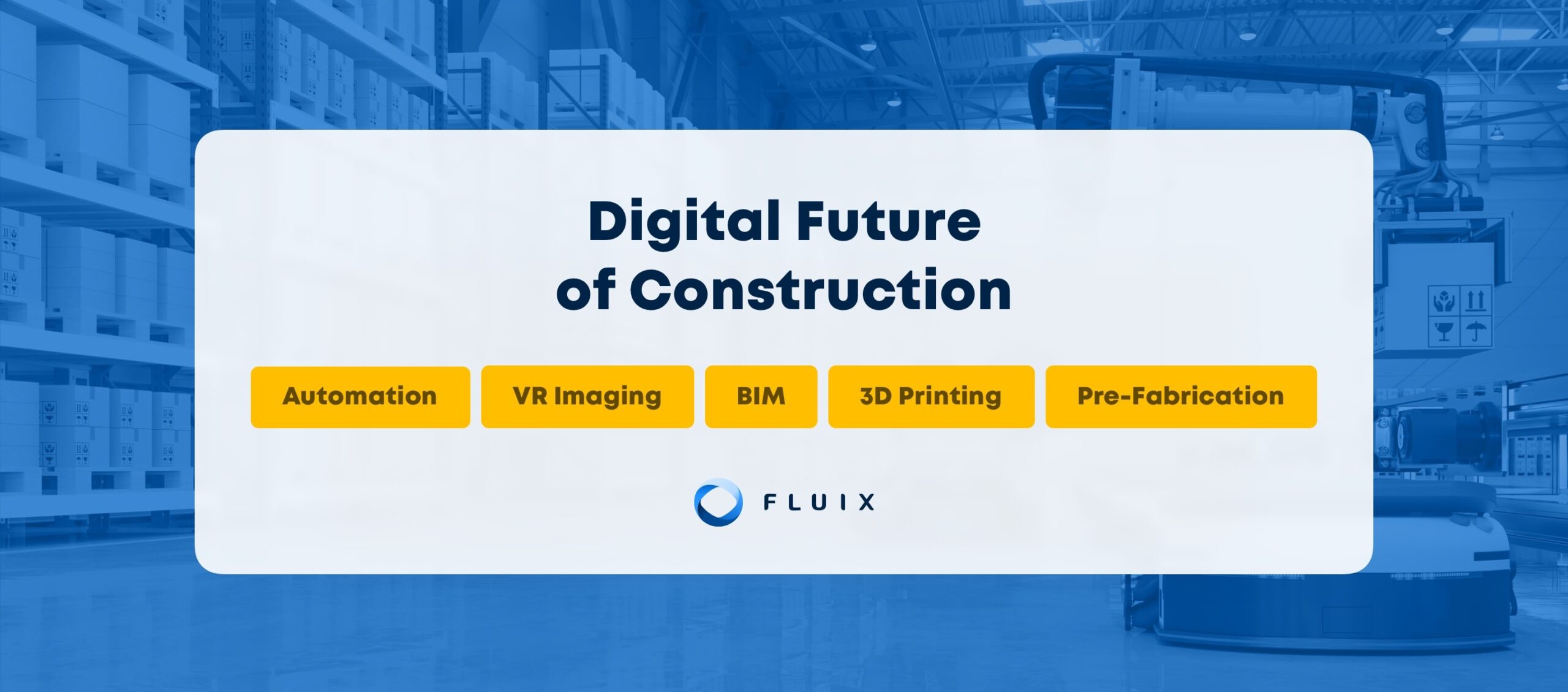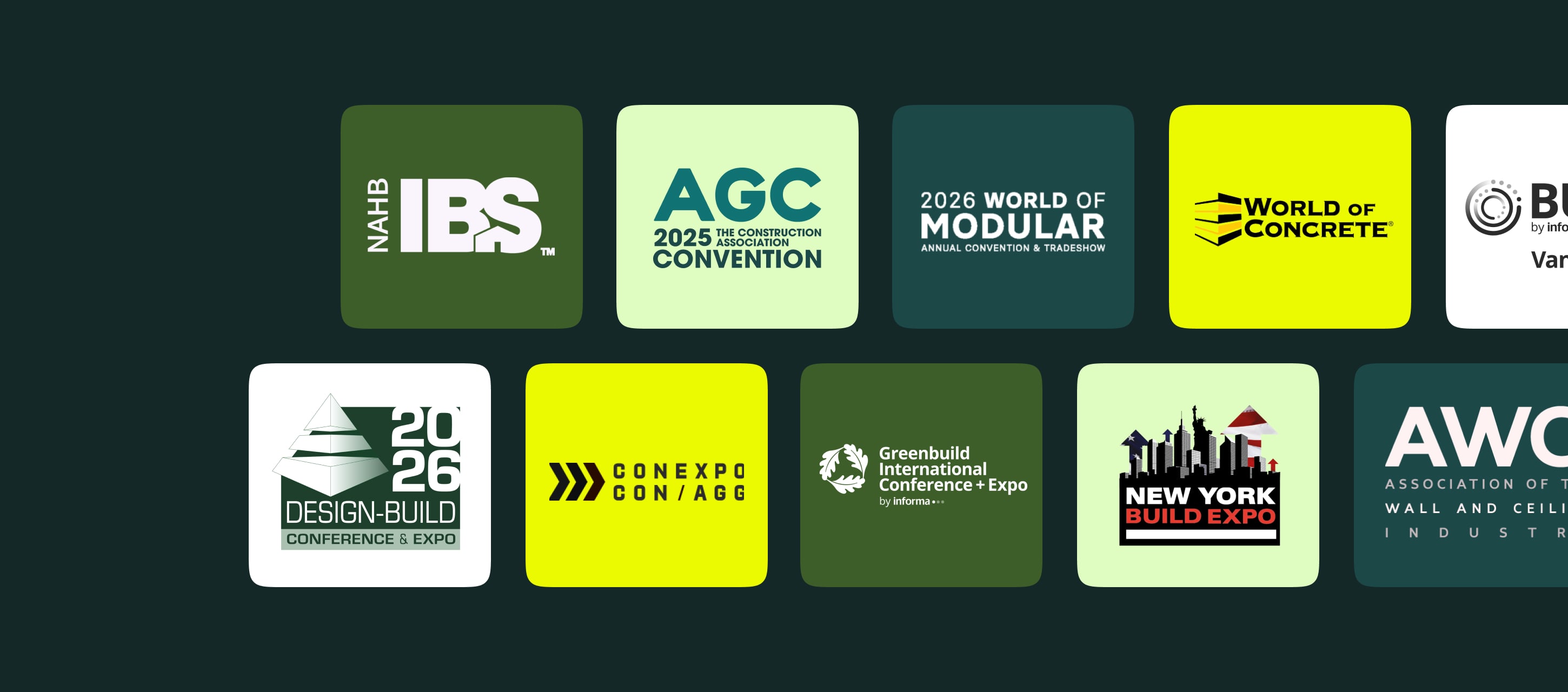The construction industry can be slow to adopt new technologies when conventional methods still get the job done, but staying informed on construction industry trends can provide a competitive edge. A growing number of firms are implementing systems to build smarter, and these employers are driving demand for digital skills in this field. Find out more about the digital skills poised to have the greatest impact on the Architecture, Engineering and Construction sector in 2022.
How Digital Construction Works
Digital approaches to construction are often precursors to real-world building projects. Advances in Building Information Modeling have made blueprints more collaborative documents, as the application of computer-aided design software to three-dimensional printing has made prototyping and manufacturing components in-house more affordable.
There are two general digital approaches to construction. The first involves the use of digital tools to plan projects, emphasizing the importance of an efficient construction project workflow. The second pertains to technology that supports builds by tracking tasks and materials. While some systems, such as construction workflow management and automation, can be useful for both approaches, other specialized systems are dedicated to planning or execution.
The latest digital tools work on computers as well as mobile devices. Software developers strive to create useful field management software for construction projects that facilitate connectivity, communication, and data-driven decision-making anywhere, at any time.
High-Tech Construction Skills
Skills formerly associated with information technology, network administration, and other technical fields are now guiding tech-driven digital transformation in construction. Here are six digital skills that are becoming more relevant in the AEC sector:
- Automation and robotics: Automated tasks are set up for completion with minimal direct input. Robotic process automation controls software with bots, while robotics systems manipulate physical materials.
- Building information modeling: BIM involves 2D and 3D modeling of structures and infrastructure. Modeling software may also support AR or VR functions.
- On-site connectivity: Many firms seek the ability to use BIM, workflow or other relevant software on a construction site. These work environments may not yet have electric power or network connectivity.
- Prefabrication: The ability to plan a building in sections and then orchestrate the assembly of these sections has a long history, but is growing in popularity. Modular construction experts can now choose from a wide range of jobs.
- Project imaging: AR and VR imaging, and using drones to capture footage, has become more commonplace. BIM specialists may utilize Tools for Construction Site Photo Management or firms can recruit dedicated digital-imaging professionals.
- Three-dimensional printing: A technology that débuted for prototyping and producing small components is now being deployed in large-scale construction. 3D printing is likely to shift most construction labor towards technical specialization, rather than physical labor.
Some of these skills, such as BIM and imaging, are associated with planning. Others, such as 3D printing, automation, connectivity and prefabrication, fall under the category of execution-based technologies.
Construction firms may have general technology advisors on staff or recruit experts in specific systems. Contractors can hire consultants to guide implementation, or make permanent hires to support the ongoing use of adopted technology.
Digital Document Management for Contractors
Collect field data, distribute submittals, e-sign documents, assign tasks, and centralize document control.


BIM and Digital Construction
BIM is a leading technology in the construction sector. The underlying concept of BIM dates back to the 1970s, but the methodologies currently in use emerged around the turn of the century. Many BIM construction systems are in use today, such as the market-leading Autodesk applications BIM 360 and Revit. Construction companies should select a BIM solution that integrates with other systems for managing workflows.
Standards for BIM vary significantly between countries, as this technology is used to plan structures and physical infrastructure based on relevant building codes. Construction firms should select the best BIM software for their needs. It is also important to note that many BIM software projects have proprietary vendor formats, though open BIM systems, such as Graphisoft ARCHICAD, are also available.
Comprehensive BIM software provides a number of features found in other construction software suites. Many companies that offer BIM technology also develop related solutions for the AEC sector. Specialists in this area may also be able to use project-planning, visualization and management technology.
AR and VR Project Planning
Augmented and virtual reality technology are transformative technologies for planning construction projects. Some BIM software supports AR and VR, or dedicated visualization software can be used to render immersive three-dimensional depictions of structures yet to be built.
AR systems add virtual elements to the real world, while VR systems are more immersive visualizations. The enterprise-tier Microsoft HoloLens and consumer-level Spectacles by Snapchat are two examples of AR already available on the market. The Meta Quest is the leading consumer VR system.
Giving clients the ability to “walk” through a virtual structure makes it possible to anticipate and potentially resolve issues that could otherwise prove costly once real-world building materials are involved. It is important to account for where AR and VR visualizations fit into project-planning workflows, both in terms of model development and presentation.
Construction Data Management
Many types of data are involved in construction, from measurements to materials specifications. A centralized system that manages the processing and offers cost control can go a long way toward keeping construction projects on schedule. A centralized system that manages the processing and storage of construction data can go a long way toward keeping construction projects on schedule.
In addition to implementing an integrated >data management solution, a few important digital skills are involved in managing construction data. For instance, the ability to identify relevant information and determine where this data should be stored for easy recall is a skill that can be developed and supported with the right software.
Digital systems designed for use in construction applications often facilitate data management with built-in settings. More universal systems for streamlining workflows and implementing automation may call for additional setup or integrations in AEC deployments. A growing number of construction firms have full-time data analysts and technologists.
Rising Demand for Digital Skills in Construction
In spite of an ongoing talent shortage in the construction field, the increasing number of construction and infrastructure projects is generating a robust market for professionals who can plan, visualize and build structures. As of late 2021, the American non-profit National Association of Home Builders reported a need for a total of 2.2 million new hires in the United States alone.
There is constant demand for construction professionals with the requisite physical skills and training in tool use. Even with advances in robotics and 3D printing, construction workers are still needed in the field. The last decade has also seen the emergence of a variety of skilled, technical roles in the construction field, along with an increase in demand for high-tech qualifications.
Digital skills are already making an impact on the job market in construction. This trend is likely to continue with developments in imaging technology, drones and workflow automation technologies that have already been taken up by early adopters in the AEC sector.






